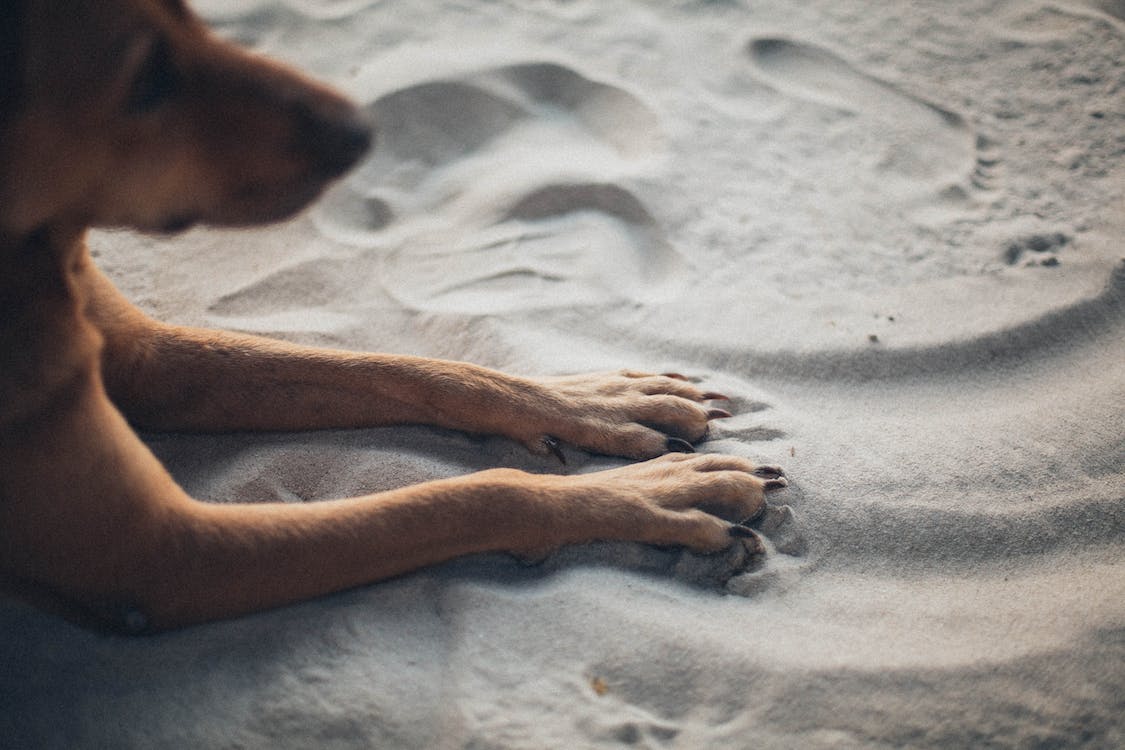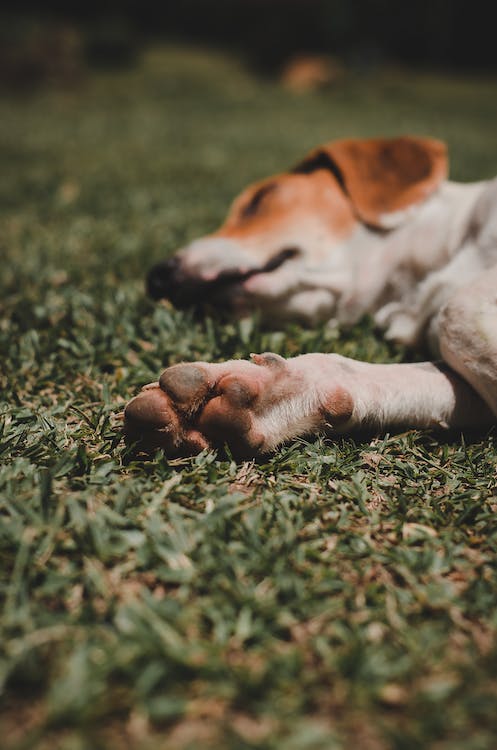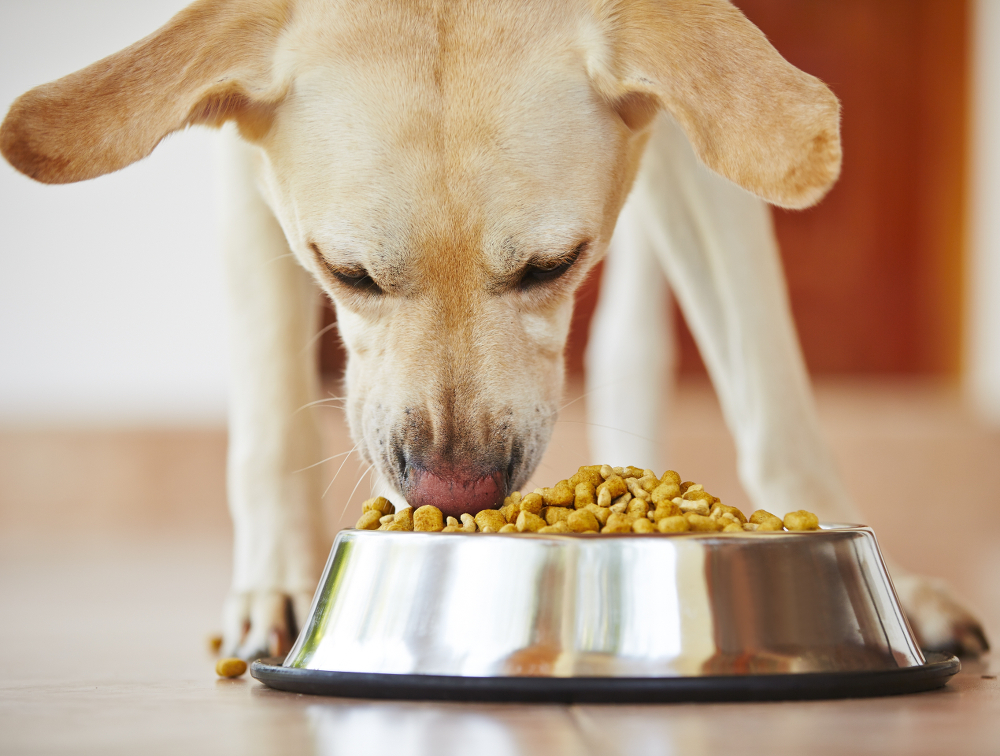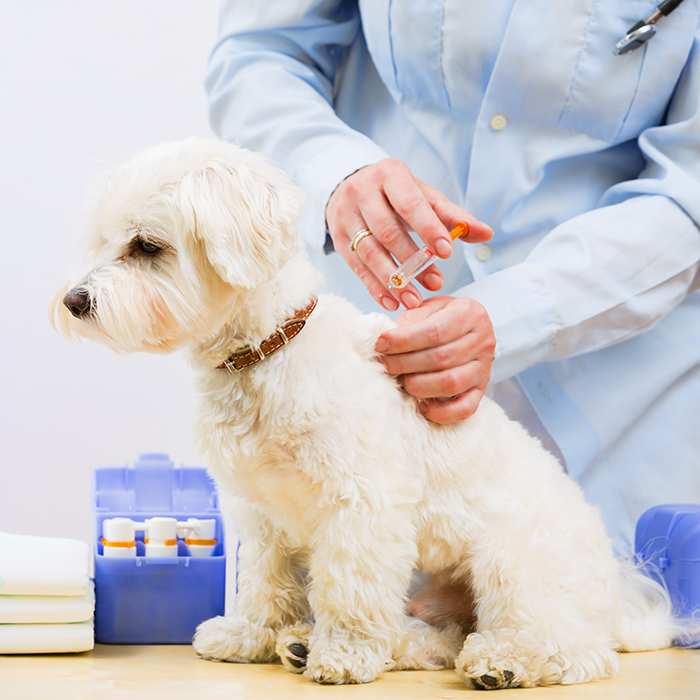When our beloved canine companions experience damaged paws, it is our responsibility to provide them with the care and support they need to recover. The road to paw recovery may seem daunting, but with the right knowledge and guidance, we can help our furry friends bounce back from pain to pawsitivity. In this comprehensive guide, we will delve into the various aspects of assisting our dogs in their paw recovery journey, providing you with valuable insights and practical tips along the way.
Understanding the Symptoms and Causes:
To effectively help our dogs recover from damaged paws, it is crucial to recognize the common symptoms and causes. Paw injuries can manifest in different ways, including cuts, burns, abrasions, or even ingrown nails. Keep a close eye for signs such as limping, bleeding, swelling, or excessive licking. Paw injuries can occur due to various reasons, such as accidental contact with sharp objects, walking on rough surfaces, exposure to extreme heat or cold, or even self-inflicted damage caused by allergies or anxiety.
Immediate First Aid for Damaged Paws:
Providing immediate first aid is essential to minimize the pain and prevent further complications. Start by gently examining the paw for any visible injuries. If you notice bleeding, clean the wound with a mild antiseptic solution and apply gentle pressure to stop the bleeding. For minor cuts or scrapes, carefully rinse the affected area with lukewarm water and apply a pet-safe antiseptic ointment. To protect the injured paw, consider using a sterile bandage or a dog boot to prevent dirt or debris from entering the wound. However, if the injury appears severe, it is vital to seek veterinary assistance promptly.

Seeking Veterinary Assistance:
While minor paw injuries can often be treated at home, certain cases require professional veterinary care. If the wound is deep, shows signs of infection, or if your dog is experiencing persistent lameness or signs of pain, it is crucial to consult a veterinarian. They can provide a proper diagnosis, administer any necessary medications, and offer specific guidance tailored to your dog’s condition. Remember, your veterinarian is your trusted partner in ensuring your dog’s paw recovery.
Effective At-Home Remedies and Treatments:
In addition to professional care, several at-home remedies and treatments can aid in your dog’s paw recovery. Natural remedies such as aloe vera gel or coconut oil can help soothe and promote healing. Ensure that any topical products used are specifically formulated for dogs to avoid potential harm. Over-the-counter products like paw balms or protective sprays can provide an additional layer of support and help prevent further damage. However, always consult your veterinarian before using any new products to ensure their suitability for your dog’s specific condition.
 Preventing Future Paw Injuries:
Preventing Future Paw Injuries:
While helping your dog recover from damaged paws, it is equally important to take preventive measures to avoid future injuries. Regularly inspect your dog’s paws for any signs of wear and tear, foreign objects, or overgrown nails. Keep their paw pads well-moisturized to maintain their natural resilience. Consider using protective paw wear, such as boots or socks, to shield their paws from extreme temperatures, rough terrain, or hazardous surfaces. Additionally, ensure your dog’s environment is safe and free from sharp objects or chemicals that could harm their paws.
Supporting Overall Well-being:
During the paw recovery process, supporting your dog’s overall well-being is crucial. Provide a balanced and nutritious diet, as proper nutrition plays a vital role in healing. Consult your veterinarian for dietary recommendations specific to your dog’s needs. Engage them in light exercise, ensuring it does not put additional strain on their recovering paws. Mental stimulation, such as puzzle toys or interactive games, can help divert their attention from the discomfort and promote a positive mindset.
Conclusion:
Helping your dog recover from damaged paws requires patience, attentiveness, and a proactive approach to their well-being. By recognizing the symptoms, providing immediate first aid, seeking veterinary assistance when necessary, and following appropriate at-home remedies and preventive measures, you can support your dog’s journey from pain to pawsitivity. Keep in mind that every dog is unique, and their recovery process may vary. Be their advocate, shower them with love and care, and together, you can restore their paws to optimal health.



